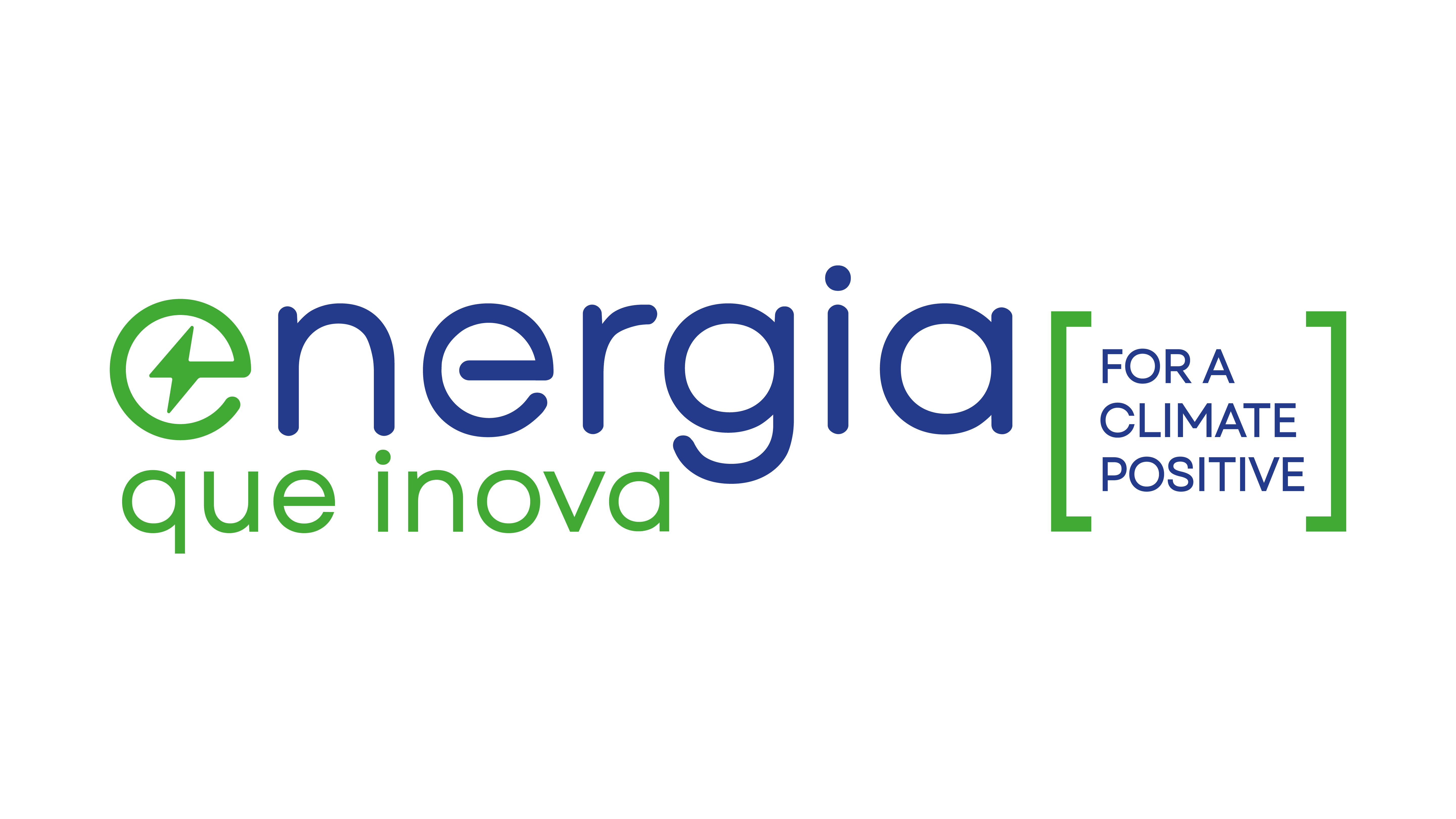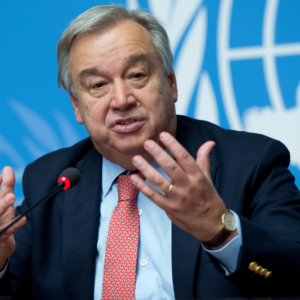The Kyoto Protocol, adopted in 1997 and in force since 2005, is an international agreement that seeks to tackle climate change by reducing greenhouse gas (GHG) emissions. It operates as an extension of the United Nations Framework Convention on Climate Change, established in 1992, and its main objective is to stabilize GHG concentrations in the atmosphere at a level that prevents interference by dangerous human activities in the climate system.
The Protocol establishes individual emission reduction targets for each developed country or economy in transition. These targets are known as the “Kyoto commitments” and were established in the first period of the Protocol, which covered the years 2008 to 2012. During this period, the Party countries were required to reduce their emissions by an average of 5.2% compared to 1990 levels.
In the second commitment period, which spans eight years – 2013 to 2020 – Parties to the Kyoto Protocol committed to reducing GHG emissions by at least 18% below 1990 levels. This ambitious target reflects the recognition of the need to increase efforts to combat climate change. However, it is worth mentioning that the composition of the Parties involved in the second commitment period is different from the first.
One of the important features of the Kyoto Protocol is the introduction of flexible market mechanisms that allow countries to achieve their emission reduction targets more efficiently. These mechanisms are based on emissions trading and include International Emissions Trading, the Clean Development Mechanism (CDM) and Joint Implementation (JI).
International Emissions Trading allows countries to buy and sell emission allowances among themselves. This means that if a country exceeds its emissions reduction target, it can sell the excess allowances to another country that needs to increase its emissions. This mechanism encourages efficiency and the overall reduction of emissions.
The Clean Development Mechanism (CDM) allows developed countries to invest in emission reduction projects in developing countries. These projects are expected to generate environmental and sustainable benefits for the country, in addition to helping to reduce global emissions. In return, developed countries receive emission credits that can be counted towards their reduction targets.
Joint Implementation (JI) is a mechanism similar to the CDM, but occurs between developed countries. Countries can carry out joint emission reduction projects and, in return, receive emission credits that can be used to meet their national targets.
Kyoto mechanisms encourage international cooperation and technology transfer between countries, promoting the global reduction of GHG emissions. However, it is important to point out that the use of these mechanisms has been the subject of discussion and improvement over the years, due to the need to guarantee environmental integrity and effectiveness in reducing emissions.













